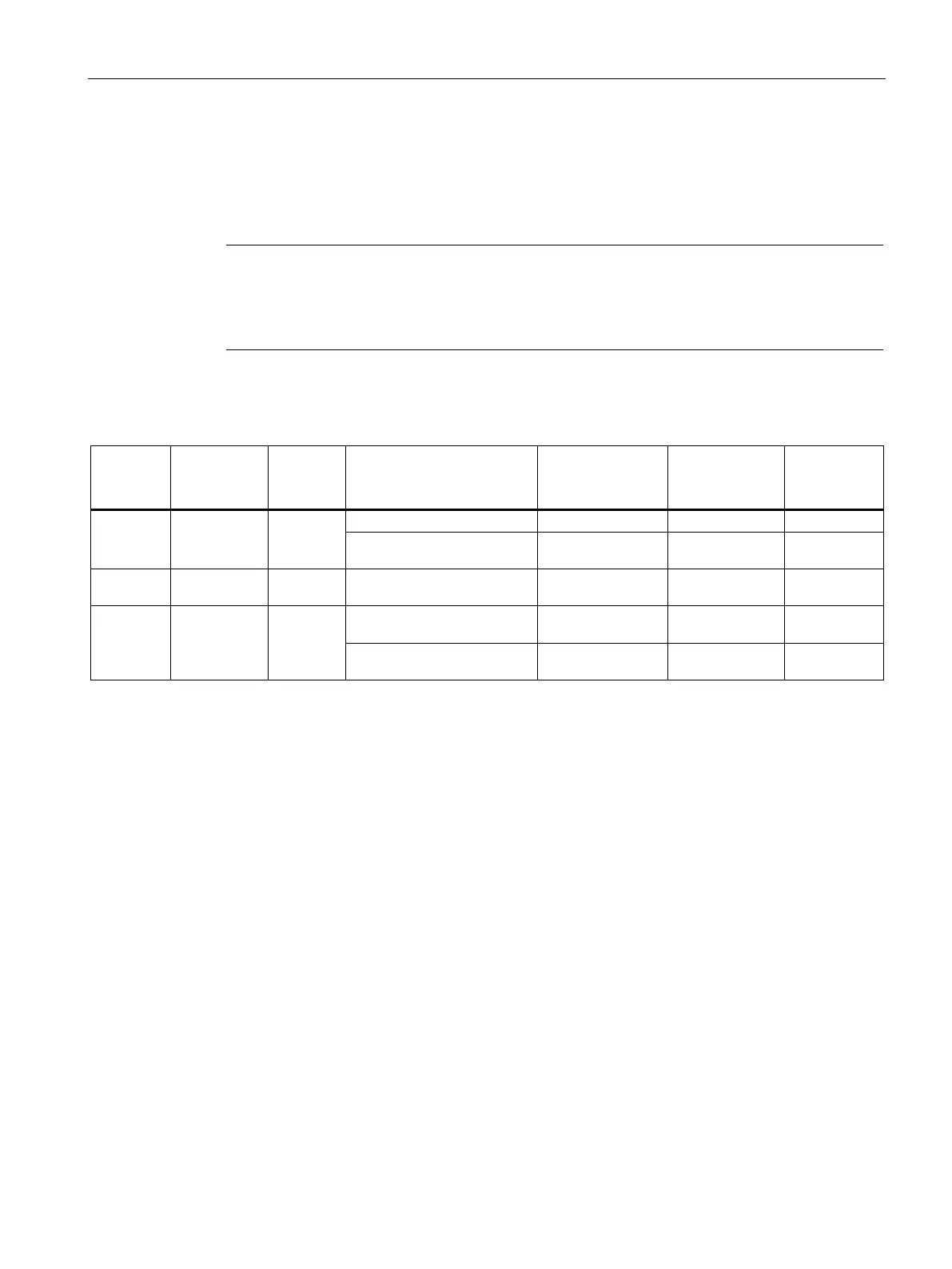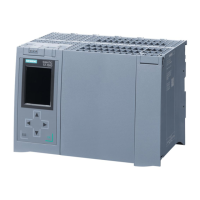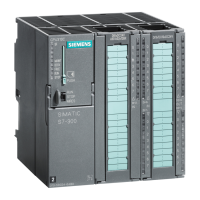Basics of program execution
10.5 Asynchronous instructions
S7-1500R/H redundant system
System Manual, 01/2024, A5E41814787-AF
337
Summary
The table below provides you with an overview of the relationships described above. It shows
in particular the possible values of the output parameters if execution of the instruction is not
complete after a call.
The output parameters of an synchronous
instruction can change on every call.
You therefore evaluate the relevant output parameters after each call of the asynchronous
instruction.
Table 10- 6 Relationship between REQ, STATUS/RET_VAL, BUSY and DONE during a "running" job.
Seq. no.
of the
Type of call REQ STATUS/RET_VAL BUSY DONE ERROR
1
First call
1
Error code (e.g. W#16#80C3
for lack of resources)
vant
W#16#0000, if no errors
have occurred.
Error code if errors oc-
curred.
Use of resources
Asynchronous instructions use resources in the CPU during their execution. The resources are
limited depending on the type of CPU and instruction. The CPU can only simultaneously
process a set maximum number of asynchronous instruction jobs. The resources are available
again after a job has been processed successfully or with errors.
Example: For the RDREC instruction, an S7-1500R/H CPU can process up to 20 jobs in parallel.
If the maximum number of simultaneous jobs for an instruction is exceeded, the following
occurs if another job is started:
• The job is not executed.
• The ERROR output parameter returns a value of 1.
• The STATUS block parameter returns the error code W#16#80C3 (lack of resources).

